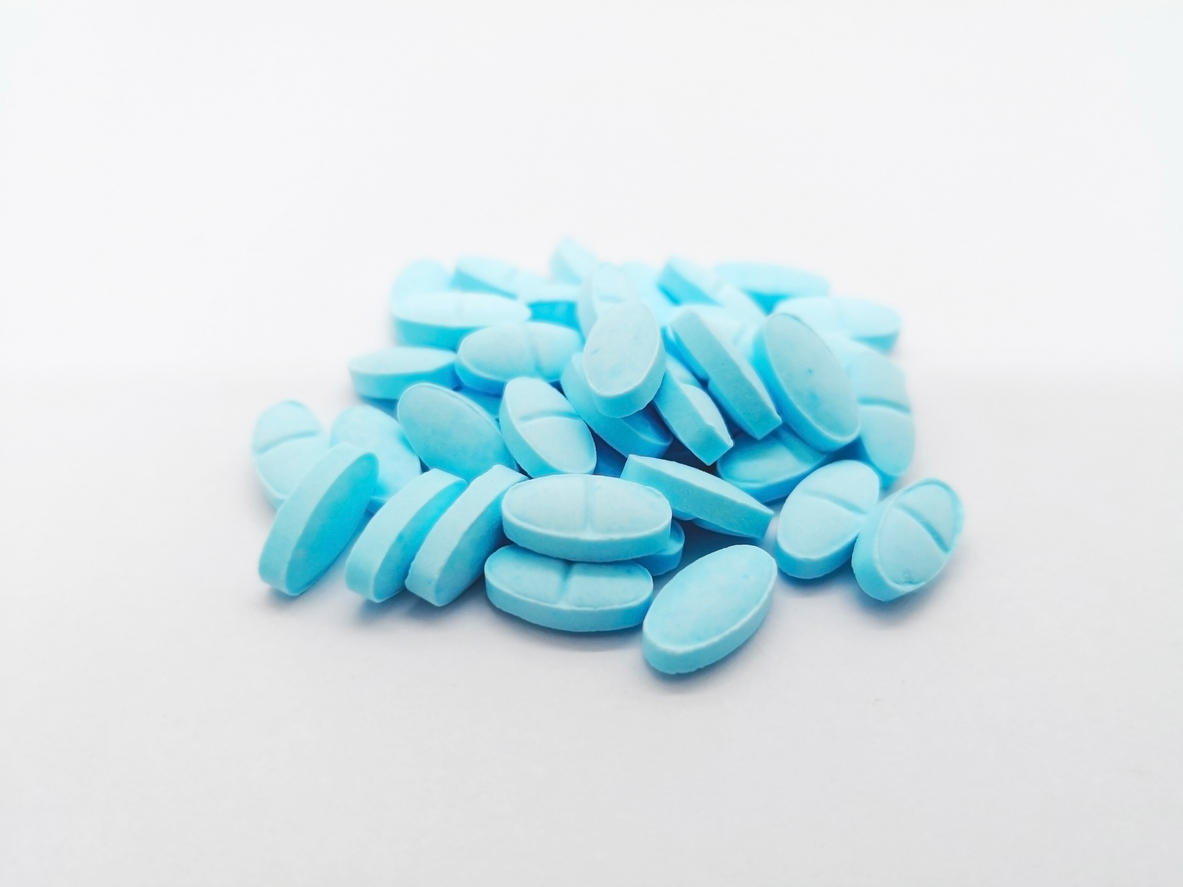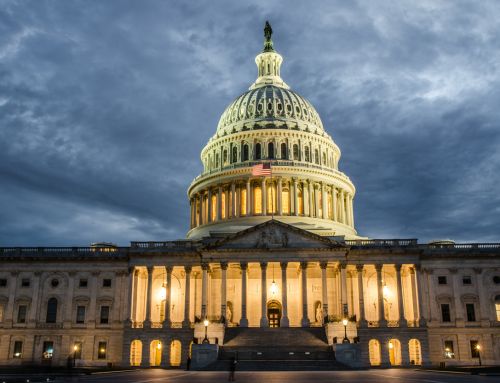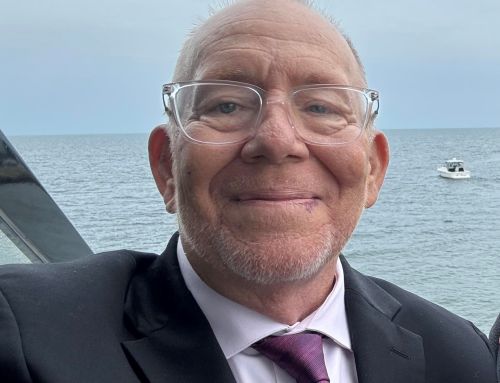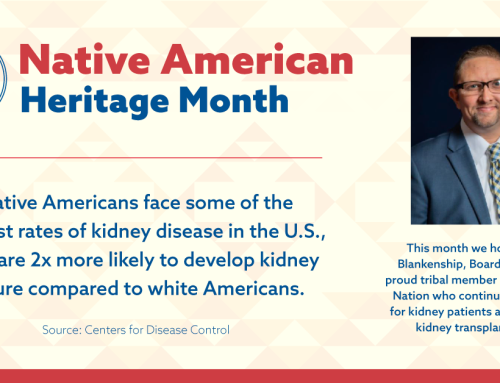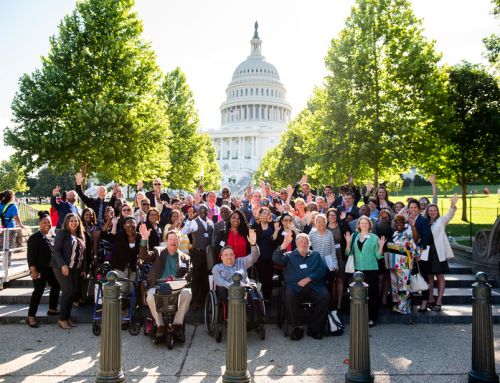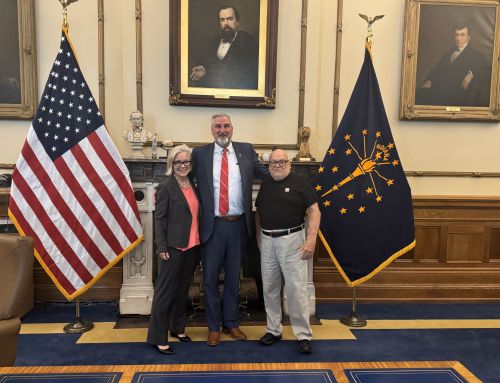It had always seemed illogical that Medicare coverage for under-65 ESRD patients ends 36 months after a successful kidney transplant. Why would Medicare make a huge investment in a transplant and then stop paying to safeguard the organ from rejection? For this reason, decades ago kidney care advocates sought a new Medicare benefit extending coverage for immunosuppressive drugs. This bill finally became law in December 2020, and is now being implemented by Medicare.
While kidney care advocates applauded this development, it’s important to understand that the context for the bill has changed in light of passage of the Affordable Care Act (ACA). The ACA guarantees that most people without insurance may buy comprehensive coverage without any exclusions for pre-existing conditions, including kidney disease.
The Medicare immunosuppressive drug benefit only covers anti-rejection drugs. According to the US Renal Data System, the average annual medical expense for an under-65 transplant patient with a functioning graft is around $25,000. If the graft fails, the expense rises to $100,000 for that year. Only about $2,200 of expenses are for immunosuppressive drugs, and that’s only about one quarter of the average patient’s total Rx drug expenses. A transplant patient who enrolls in an ACA plan is pretty much guaranteed to get back all of the premium dollars he or she pays in.
So, Part B immunosuppressive drug coverage is not a substitute for major medical coverage. Major medical coverage helps protect you from both health and financial risks. Part B immunosuppressive drug coverage is intended to protect your graft from rejection during any gap in major medical coverage. This may be important in the ten states that have not expanded Medicaid to childless adults under the ACA.
If you do not have health coverage through an employer, you may enroll in a Marketplace plan through the Affordable Care Act. When your Medicare coverage ends, you will have a special enrollment period for Marketplace coverage.

